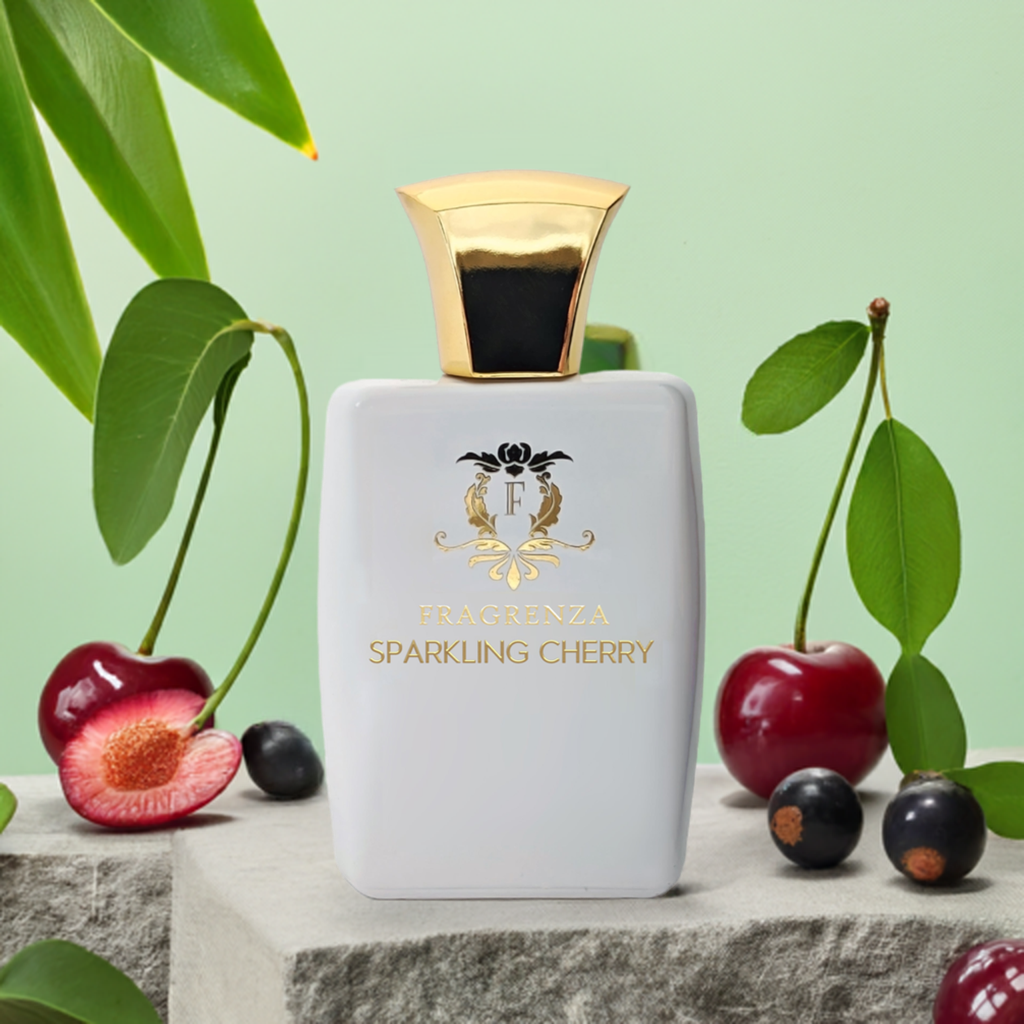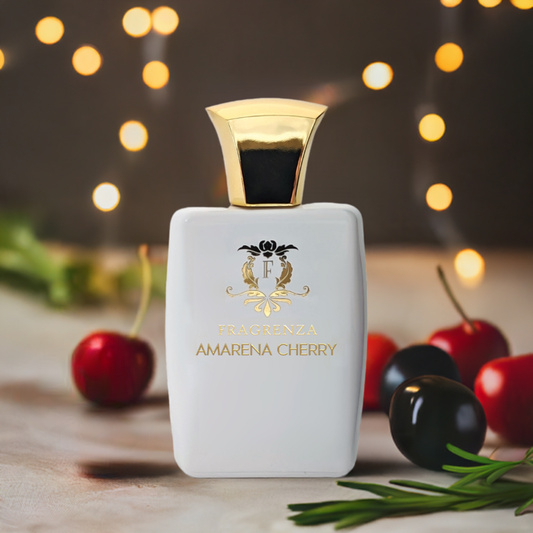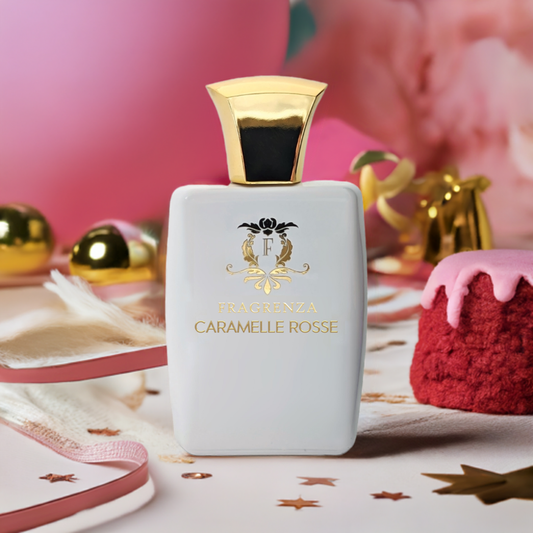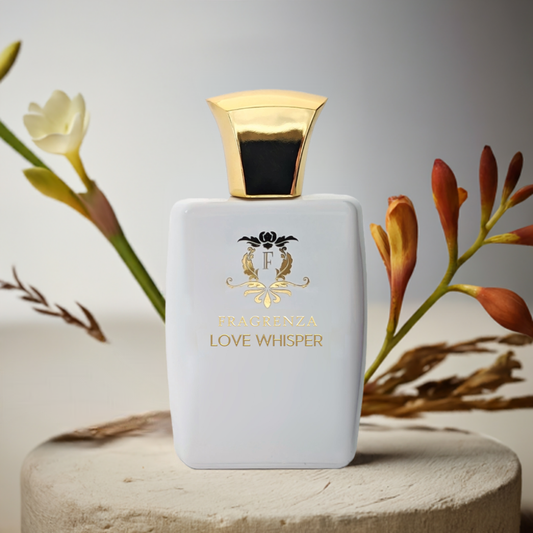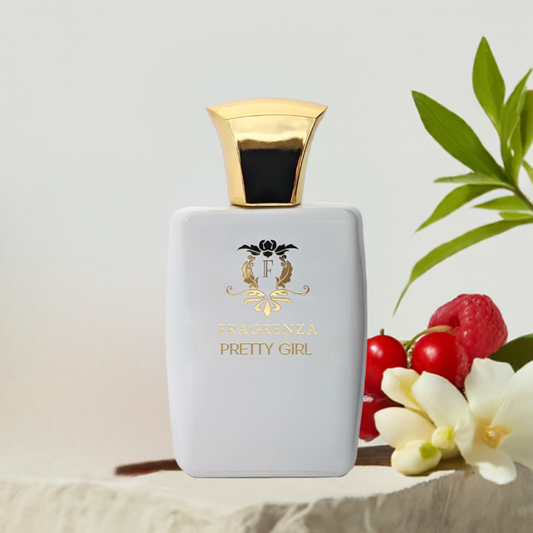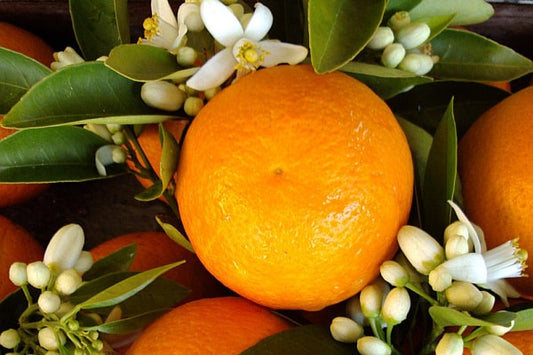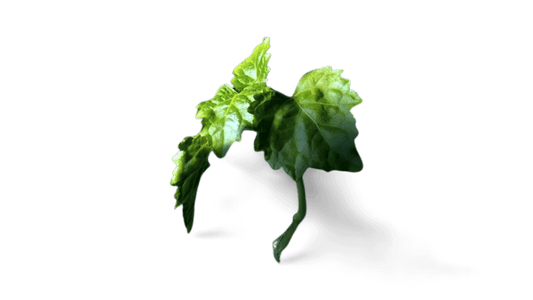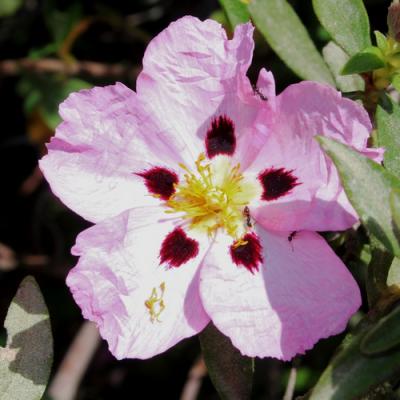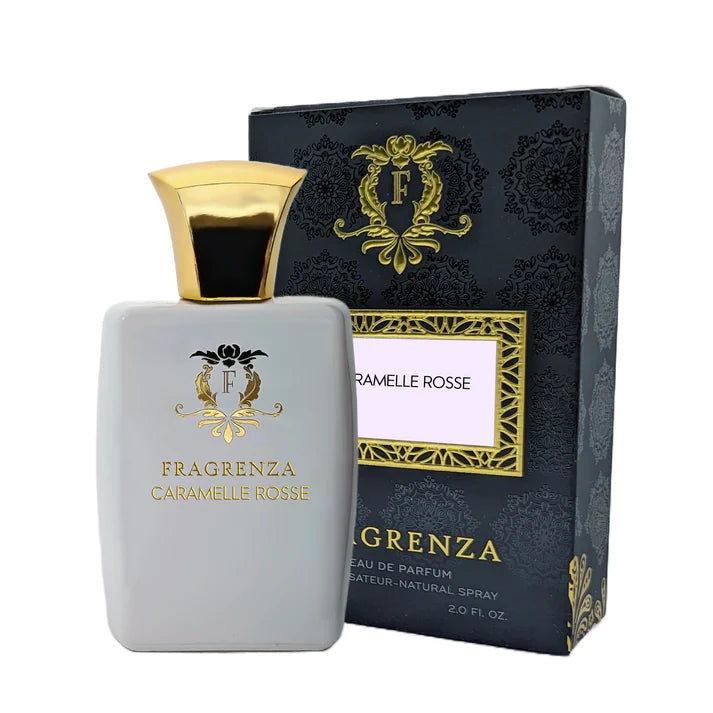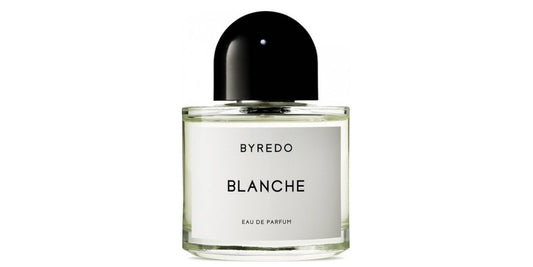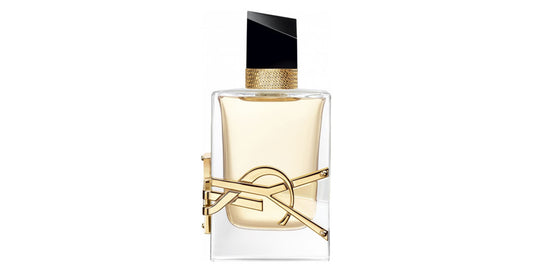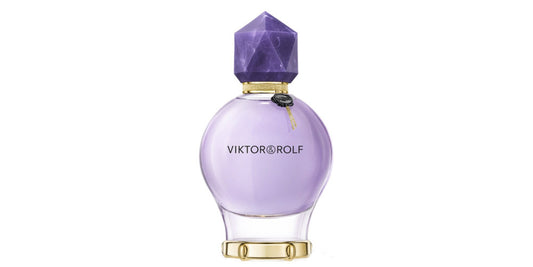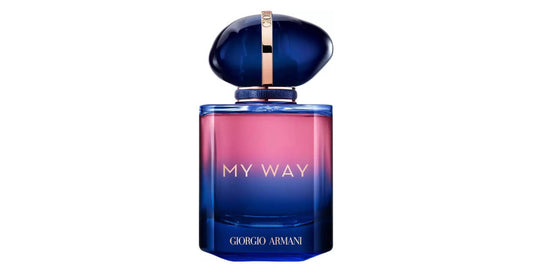Eucalyptus in perfumery
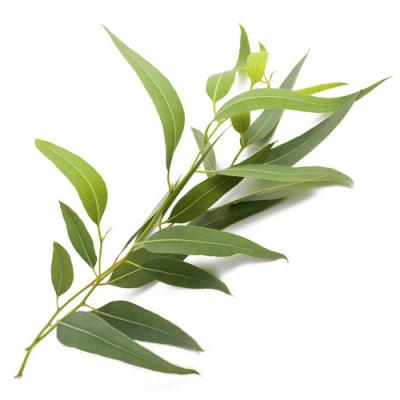
In This Article
Exploring the diverse world of eucalyptus
Eucalyptus trees belong to the Myrtaceae family and are native to Australia, where they make up 95% of the country's forests. With over 600 species, eucalyptus displays a remarkable adaptability to various environments. However, most eucalyptus species are not frost-tolerant, except for the snow gum tree, which can withstand temperatures as low as -20°C. Some species have successfully acclimatized to the Mediterranean and Portuguese climates. Eucalyptus trees can vary greatly in size, from small bushes to towering giants reaching up to 90 meters in height. Trees less than 10 meters tall are considered small eucalyptus.
Eucalyptus is prized for its benefits to the respiratory system, thanks to its cineole (also known as eucalyptol) content, which is used to treat bronchitis, coughs, colds, and sinusitis. Additionally, eucalyptus is used in confectionery, often lending its minty flavor to chewing gum. This characteristic flavor is also present in eucalyptus-based perfumes.
Eucalyptus in the world of perfumery
With its highly aromatic foliage, eucalyptus leaves and twigs have long been utilized in perfumery and aromatherapy. Steam distillation is used to extract the fragrant essence from the plant. Today, eucalyptus is not only incorporated into perfumes but is also widely used in soap products and detergent lotions.
Generally, eucalyptus is a popular ingredient in men's fragrances. It infuses perfumes with an invigorating freshness, often associated with a sporty vibe. Notable examples include Lacoste's Booster essence and Rochas's Aquaman. However, it's worth noting that eucalyptus can also be found in some feminine perfumes, such as Une Île, Un Rêve by Nana M. Parfums.
Fun fact: Eucalyptus trees are also known for their unique ability to extract gold particles from the soil and store them in their leaves. This unusual characteristic makes them a natural indicator of gold deposits in the ground.
